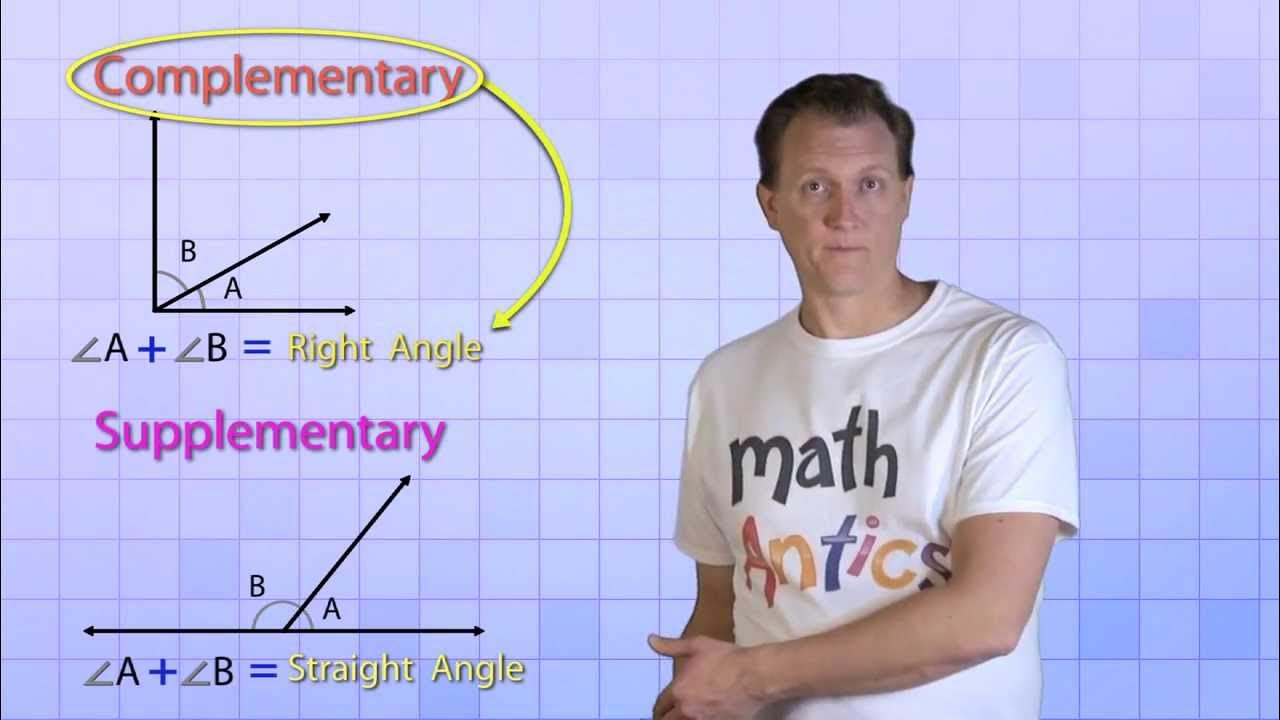EDM 03 :: Galapagos Example 1 // Minimal Bounding Circle
Summary
TLDRThis video introduces the concept of constructing a fitness landscape using two non-intersecting three-dimensional curves. By dividing the curves into 80 equal segments and performing pairwise distance measurements, the process visualizes a three-dimensional landscape where shorter distances represent optimal solutions. The fitness landscape component in Grasshopper is employed to illustrate these distances, allowing for effective identification of the best solutions. While it emphasizes the limitations of generating all possible solutions, it highlights the potential of a continuous approach for meaningful optimization in complex problems.
Takeaways
- 😀 The fitness landscape is a visual representation of potential solutions to a problem, where lower values indicate better solutions.
- 😀 The example focuses on two three-dimensional curves that do not intersect, aiming to find the shortest distances between them.
- 😀 Each curve is divided into 80 equally spaced points, allowing for comprehensive distance measurements.
- 😀 Pairwise distance calculations are conducted between all points on the two curves to create a distance matrix.
- 😀 Grasshopper is utilized to visualize the fitness landscape, mapping distances along the x, y, and z axes.
- 😀 Short distances in the landscape correspond to optimal solutions, highlighting areas where the curves are closest.
- 😀 The fitness landscape facilitates the identification of best solutions in complex problems by focusing on minimal distances.
- 😀 Interpolation is used to approximate continuous values between measured distances, enhancing the analysis of the problem.
- 😀 The approach allows for a systematic and visual understanding of spatial relationships in complex problems.
- 😀 While discrete points were used for measurements, recognizing the potential for continuous values offers deeper insights for problem-solving.
Q & A
What is the main focus of the fitness landscape example discussed in the transcript?
-The main focus is on constructing a fitness landscape to find the shortest distance between two three-dimensional curves.
What tool is referenced for analyzing the fitness landscape?
-The tool referenced is Grasshopper, specifically the fitness landscape component found under the utilities section.
How are the two curves divided for analysis?
-The two curves are divided into equal segments, with 80 points created for each curve.
What method is used to measure distances between the two curves?
-A pairwise comparison method is used, drawing lines from each point on line A to all points on line B to measure the lengths.
What does the fitness landscape component visualize?
-It visualizes the distances measured, mapping them onto a three-dimensional landscape where the x and y coordinates represent distances from each curve.
What do the values on the fitness landscape indicate?
-The values indicate the lengths of the lines drawn between corresponding points on the two curves, where smaller values represent shorter distances.
Why is it important to filter out optimal solutions from the generated lines?
-Filtering out optimal solutions helps identify areas with the smallest distances, thus revealing the best solutions in the context of the problem.
What challenge is mentioned regarding generating all possible solutions?
-The challenge is that it’s often not feasible to generate all possible solutions due to the potential for an endless amount of possibilities if using continuous numbers.
How does the concept of a continuous landscape apply to the analysis?
-The analysis assumes that the landscape is continuous, allowing for interpolation between measured lengths and the generation of meaningful variants.
What is the significance of step size in this analysis?
-Step size is significant because it determines the granularity of the points generated along the curves, impacting the thoroughness of the distance measurements.
Outlines

此内容仅限付费用户访问。 请升级后访问。
立即升级Mindmap

此内容仅限付费用户访问。 请升级后访问。
立即升级Keywords

此内容仅限付费用户访问。 请升级后访问。
立即升级Highlights

此内容仅限付费用户访问。 请升级后访问。
立即升级Transcripts

此内容仅限付费用户访问。 请升级后访问。
立即升级浏览更多相关视频

Dislocation cannot end abruptly in a crystal: Dislocation nodes

A2/IB Why is there a Vertical Discontinuity with Kinked Demand?

Math Antics - Angle Basics

Microeconomics for Beginners - Week 2_Video 3_Indifference Curve

BAB 2 BANGUN RUANG kelas 7 SMP #bangunruangsisidatar #bangunruangsisilengkung #volume #luaspermukaan

Berkarya Seni rupa 3 dimensi Dengan memodifikasi objek
5.0 / 5 (0 votes)
